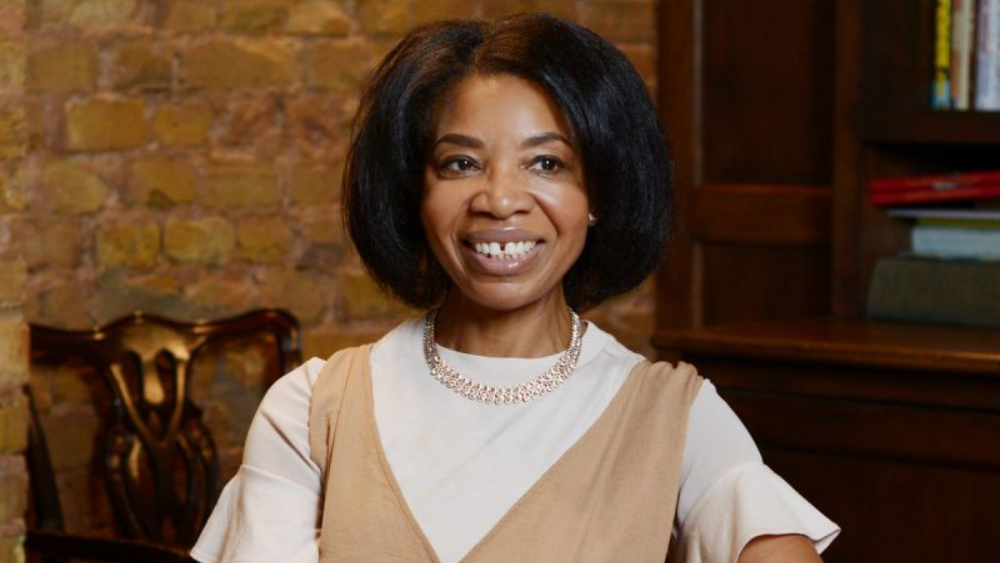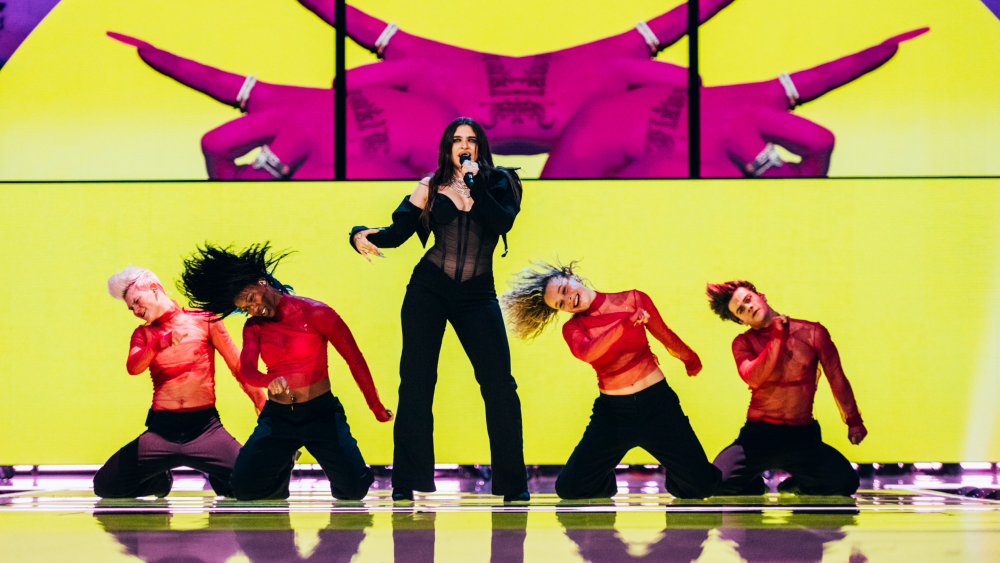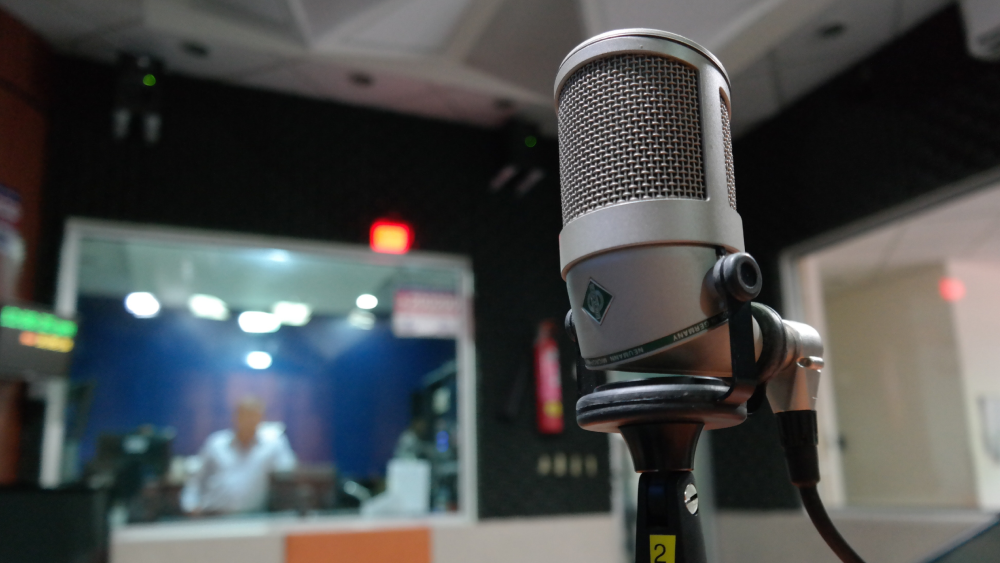The UK is now three weeks into a nationwide lockdown as a result of the coronavirus, and social distancing really is becoming the ‘new normal’. A significant proportion of the country has settled into remote working and musicians are no exception. That said, for many musicians, trying to keep projects afloat whilst contained to the house is somewhat more complicated than opening a laptop.
To take some of the burden out of choosing your home recording set-up, BAFTA-nominated composer, Sheridan Tongue recently spoke to producer and composer Dan Jeffries, recording engineer Jake Jackson, percussionist Joby Burgess and film score composer Nainita Desai to create a guide to recording remotely at a professional level.

First up, Dan and Jake gave their suggestions for the minimum recording requirements.
Dan Jeffries recommend, that as a bare minimum, professional musicians that want to record at home should have: ‘A condenser microphone in a cardioid pattern (or a matched pair if recording piano), a microphone stand with boom, an audio interface (anything made by RME, Apogee or Universal Audio will be good), headphones (closed back so no spill), laptop with audio recording capabilities.’
Jake Jackson added: ‘A converter doesn’t matter too much, just as good as you can afford, headphones for recording should be closed back (important) but apart from that, comfortable, and a good brand such as Sennheiser, Beyerdynamic, AKG, etc. You’ll need a microphone, a condenser, large diaphragm, or pencil. In Cardioid, about a metre away from the instrument.’
When it comes to specific microphones and headphones, Dan suggests:
Large Diaphragm Condensers
Neumann TLM103 – £839
AKG C414 XLS – £650
AKG C214 – £300
Small Diaphragm Condensers for piano or stereo recording
Neumann KM184 (stereo set) – £959
Beyerdynamic MC930 (stereo set) – £690
AKG C451 (stereo set) – £469
Headphones
Beyerdynamic DT770 (250 OHM)- £105
Microphones for vocalists
The Neumann TLM 103
The Neumann TLM 102 (a cheaper alternative)
AKG C414 XLS
Shure SM57

Next, Sheridan spoke to Joby Burgess.
He writes: ‘I have used Joby Burgess on a number of my soundtracks and recorded him both in professional recording studios and from his own studio. For our last project together, Dan Jeffries visited Joby’s studio to oversee the first day of remote recording, and he made some very small adjustments to Joby’s set up.’
Here's what Joby had to share.
Microphones for remote recordings
‘At the moment my go-to choices for remote recording are matched pairs of AKG C414, Coles 4038 and Neumann KM184 with a couple of Sennheiser MD421s on hand for anything that packs more of a punch.’
Headphones
‘Beyerdynamic DT100 for recording.’
A to D converter and signal path
‘Going in, I use Focusrite ISA preamps and the Motu 828es, just trying to keep it clear and clean.’
Positioning the microphones for tuned percussion
‘For marimba and vibes, I would always record with a stereo room mic and then a pair of close mics positioned about one metre above the left and right ends of the bars.’
Shakers, hand percussion and individual drums
‘I will always record both a room and close mic position for each instrument, so the mix engineer has some flexibility. Shakers and smaller drums I give some distance from the close mic, with the larger drums I get in very close.’
The adjustments
‘It is always great to have recording engineers visit me as I get a fresh pair of ears to check my process, plus some new ideas and perspectives on where I can make improvements. Dan suggested some new ideas for mixing my stereo room microphones and some shortcuts for printing stems, which can often be pretty time consuming after a busy tracking session.’
Finally, Sheridan spoke with film score composer Nainita Desai about what she expects from musicians when recording remotely.

The most important thing (bar performance and musicianship)
‘Communication. So much can get lost in translation and with the physical barrier it can lead to miscommunication. Planning the session as though it’s a live one with cues worked out as though it were a normal ‘in person’ session with all sheet music clear, printed, and knowing what cues you are going to record is super important.’
Briefs by email or phone?
‘Having a detailed brief in writing is imperative. Once they have digested the notes, a phone call to follow up is very useful for clarity and expectations.
‘I’ll send through a list of their session plan and how many cues we expect to record. I’ll also send through rough mp3 mixes of the music so they can run through or rehearse beforehand if there are any solos etc.
‘I’ve even sent through guide tracks for musicians to get an idea of the sound and style I’m looking for.’
Advice for musicians wanting to remote record
‘You really need to nail your recording technique If you’re recording strings, then changing physical position, mic, even changing bow and instrument in between takes, different balances between room pics and even having more than one room to record in with different acoustics. Those subtle details make for an authentic sounding blend of layers.
‘Those that are used to playing live need to understand that recording is a different discipline to live performance – pitch / time accuracy and intonation are incredibly important. Little flutters and inaccuracies tend to show up in recordings and control over performance is imperative.’
Follow Sheridan Tongue, Jake Jackson, Dan Jeffries, Joby Burgess and Nainita Desai on Twitter.






